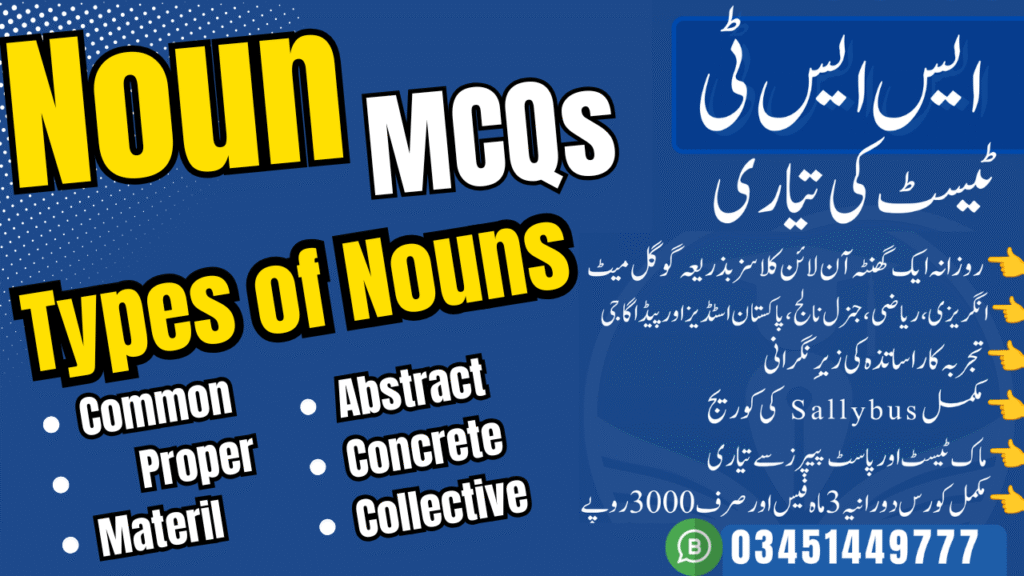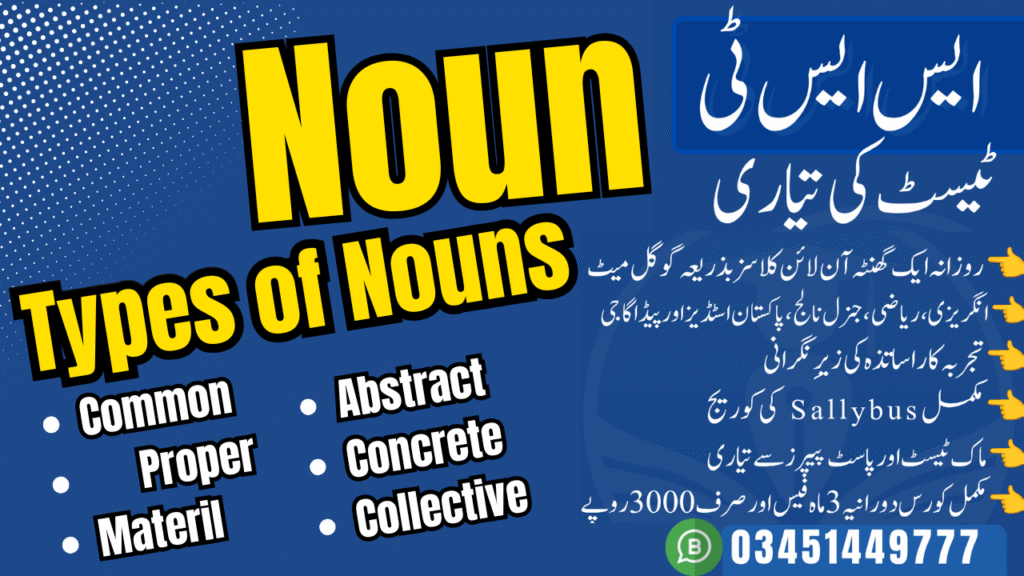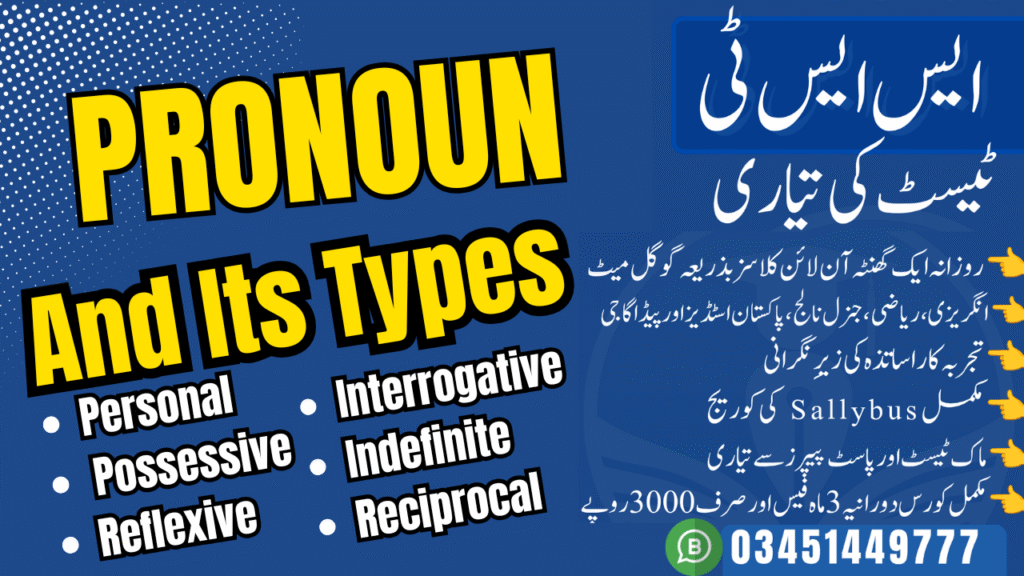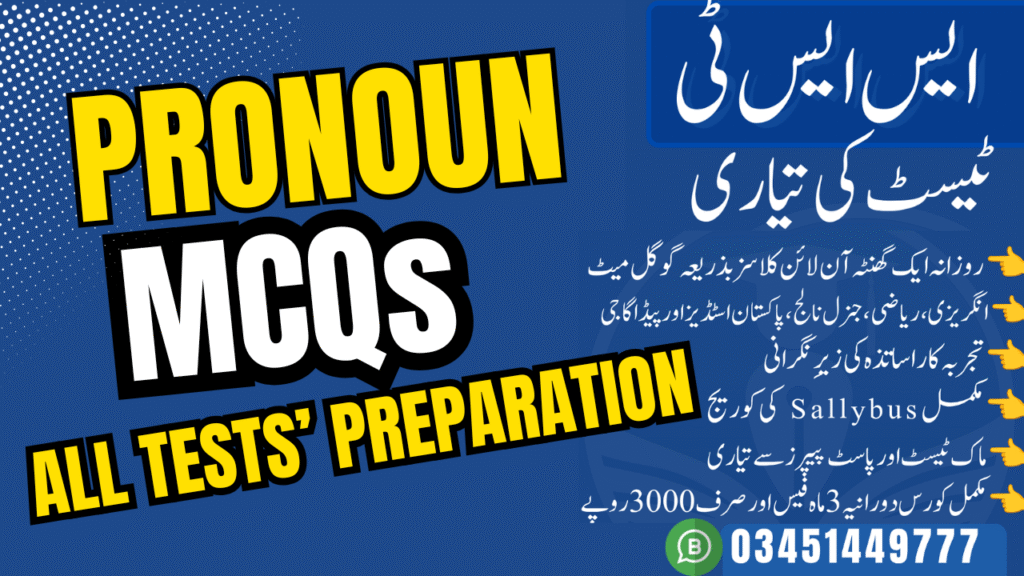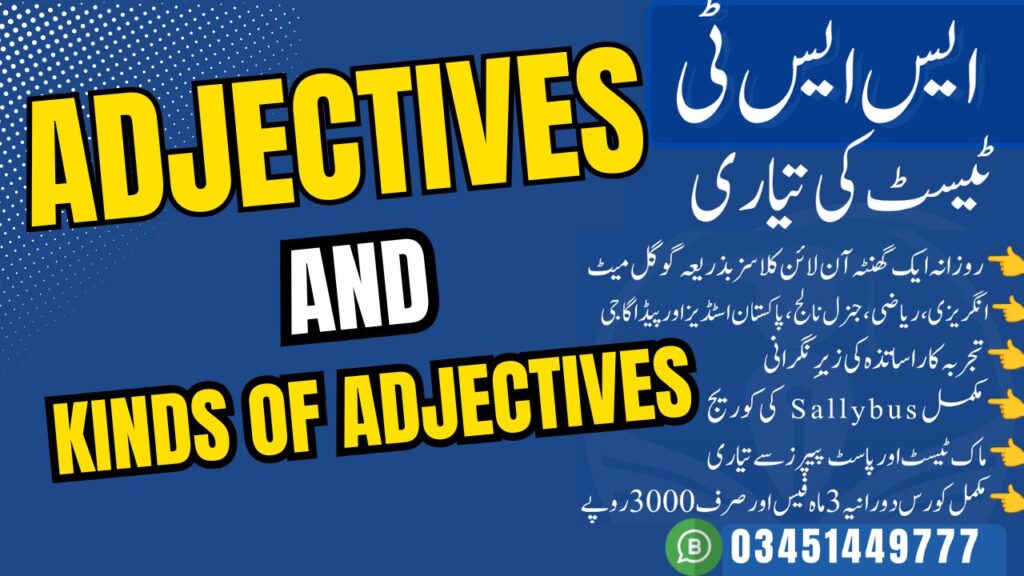Essentialism in Education
A “Back to Basics” Philosophy for a Modern World
What is Essentialism?
Essentialism is an educational philosophy that champions a return to the “essentials” of learning. It asserts that there is a common core of knowledge and skills that all students must acquire to become productive citizens. This teacher-centered approach prioritizes the transmission of established disciplines and cultural heritage over student-led exploration or vocational training. The goal is academic rigor, discipline, and a shared foundation for everyone.
The Essentialist Curriculum Focus
Essentialism heavily favors traditional academic subjects, believing they provide the most critical tools for life. The curriculum is structured, sequential, and uniform for all students, with less emphasis on electives or subjects considered “frills.”
of parents in a recent poll believe public schools should focus more on core academic subjects like reading, writing, and math.
(Source: Representative Gallup Poll Data)
The Core Tenets of Essentialism
The philosophy is built on a clear, logical progression. It begins with the fundamental belief in a body of essential knowledge and ends with the goal of creating culturally literate and skilled citizens. This structured approach values clarity, efficiency, and mastery of foundational concepts.
Clash of Philosophies: Essentialism vs. Progressivism
Essentialism’s primary counterpart is Progressivism, a philosophy championed by John Dewey. While Essentialism is teacher-centered and knowledge-focused, Progressivism is student-centered and experience-focused. This fundamental difference shapes everything from classroom structure to assessment methods.
Curriculum Emphasis by Time Allocation
This chart visualizes the stark difference in how each philosophy allocates instructional time. Essentialism dedicates the vast majority to core subjects, while Progressivism balances core knowledge with student-selected projects and electives.
Philosophical Focus Areas
The radar chart highlights the differing priorities. Essentialism scores high on knowledge transmission and teacher authority, whereas Progressivism emphasizes student autonomy, problem-solving, and adapting to change.
Impact on Student Outcomes
Proponents of Essentialism argue that its focus on fundamentals leads to higher, more consistent standardized test scores, especially in foundational subjects. They believe this provides a stronger base for future learning. Critics, however, worry this comes at the cost of creativity and critical thinking skills, which are harder to measure.
Standardized Math Score Trends (Hypothetical)
This line graph illustrates the potential long-term impact on test scores. The essentialist model shows a steady, consistent rise, while the progressive model shows more variability but potential for high peaks.
Public Priorities for Education
When asked what schools should prioritize, the public heavily favors foundational skills, aligning closely with essentialist ideals. This suggests strong societal support for a “back-to-basics” approach.
A Balanced View: Strengths & Criticisms
No educational philosophy is without its trade-offs. Essentialism offers a clear, equitable, and effective model for transmitting a common culture, but faces valid criticism regarding its potential to stifle creativity and neglect individual student needs. Understanding both sides is crucial for a comprehensive evaluation.
Strengths
Clarity & Efficiency
Provides a clear educational path and efficiently transmits foundational knowledge to large groups of students.
Promotes Equality
All students receive the same core knowledge, providing a level playing field regardless of background.
Cultural Transmission
Effectively passes on the accumulated wisdom and cultural heritage of a society to the next generation.
Criticisms
Stifles Creativity
Emphasis on rote learning and conformity can discourage creative thinking and individual expression.
Lack of Relevance
A standardized curriculum may not connect with students’ individual interests or prepare them for a rapidly changing world.
Ignores Student Needs
The teacher-centered model can overlook diverse learning styles, paces, and the holistic development of the child.
Dashboard: Essentialism at a Glance
This section provides a high-level overview of the Essentialist philosophy, highlighting its main focus and societal alignment through key metrics and a simple breakdown of its curricular priorities.
Curriculum as “Core”
Portion of instructional time dedicated to foundational subjects.
Public Priority
Literacy and Math are consistently ranked as the top educational priorities by the public.
Central Authority
The teacher is the central, expert figure responsible for knowledge transmission.
Essentialist Curriculum Focus
This chart illustrates the typical allocation of learning time in an Essentialist model. The overwhelming majority is dedicated to a common core of knowledge, with minimal time for electives or vocational training, ensuring a uniform academic foundation for all students.
Core Principles: A Logical Flow
Essentialism is built on a sequence of interconnected ideas. This interactive diagram shows how the philosophy progresses from a foundational belief to a societal outcome. Click on each step to explore its meaning and significance within the framework.
1. Essential Body of Knowledge
There exists a core of essential knowledge and skills all citizens must possess.
2. Teacher as Authority
The teacher is the master of this knowledge and is responsible for its transmission.
3. Rigorous & Disciplined Learning
Learning is hard work and requires discipline and a structured curriculum.
4. Culturally Literate Citizen
The ultimate goal is to produce productive, culturally literate members of society.
Philosophical Comparison
Essentialism is often defined by its contrast with Progressivism. Use the interactive charts below to explore the fundamental differences in their priorities, focus areas, and approaches to structuring the educational experience.
Focus Areas: A Head-to-Head View
This radar chart compares the core values of each philosophy. Notice how Essentialism prioritizes teacher authority and knowledge transmission, while Progressivism emphasizes student autonomy and problem-solving.
Curriculum Time Allocation
This chart breaks down how a typical school week might be structured under each model. Essentialism’s focus on a uniform core is visually distinct from the more balanced, flexible approach of Progressivism.
In the Classroom: From Theory to Practice
How does a “back-to-basics” philosophy manifest in a real classroom? This section explores the distinct roles of the teacher and student, as well as the methods used to assess learning, providing a clear picture of the Essentialist educational environment.
Critique & Modern Relevance
While influential, Essentialism is not without its critics. This section offers a balanced perspective by outlining its key strengths and weaknesses. It concludes by examining public opinion, which often shows a strong alignment with Essentialist priorities, highlighting its enduring relevance in modern educational debates.
Strengths
- Clarity and Efficiency: Provides a clear, efficient model for transmitting a common body of knowledge.
- Equity: Ensures all students, regardless of background, have access to the same foundational education.
- High Standards: Promotes academic rigor and a culture of high expectations.
- Cultural Cohesion: Transmits a shared cultural heritage, fostering a sense of community and national identity.
Weaknesses
- Stifles Creativity: Focus on rote memorization may discourage critical thinking and innovation.
- Lack of Relevance: A standardized curriculum may not engage all students or prepare them for a diverse, changing world.
- Ignores Individuality: Can overlook different learning styles, paces, and the holistic needs of the child.
- Dogmatic: May present knowledge as static and unchangeable, discouraging inquiry and debate.
Public Priorities for Education
This chart shows how the public ranks the importance of different educational goals. The strong emphasis on foundational skills like literacy and math demonstrates a societal leaning that resonates deeply with the core tenets of Essentialism.
I. Defining Essentialism: The Core Philosophy
Educational Essentialism is a conservative philosophy that requires schools to prioritize the systematic teaching of core academic knowledge and skills necessary for societal stability. It is fundamentally a “back-to-basics” approach, designed to instill essential academic competence alongside crucial elements of character development. Essentialism is the most commonly enacted philosophy in American classrooms today, characterized by structured, teacher-centered learning, reliance on textbooks, and regular evaluations .
Core Tenets of the Philosophy
Essentialism is a subject-centered philosophy, which puts it in direct opposition to student-centered philosophies such as Progressivism.
- Teacher Responsibility: Teachers are tasked with embedding traditional moral values—such as respect for authority, perseverance, and fidelity to duty—alongside intellectual knowledge .
- Student Outcome: The ultimate goal is to ensure students graduate with disciplined, practical minds capable of applying classroom lessons to real-world challenges. This prepares students to become productive, contributing citizens within a democratic culture .
Knowledge, Curriculum, and Accountability
Essentialism operates on the premise that a standardized, common core of accumulated wisdom must be systematically transferred across generations. This standardized knowledge base is structured to progress incrementally, moving from less complex skills to more detailed and complex knowledge.
While the commitment to teaching a common core of knowledge ensures unification across demographics, the methodology also serves a function of differentiation. Essentialism mandates mastery of this core material at each grade level before promotion is granted. Rigorous achievement testing is used for evaluation, guaranteeing that all successful students meet a common minimum standard of competency, thereby creating a merit-based differentiation of outcome built upon a unified curriculum.
II. Historical Origins and Key Architects
Essentialism arose directly as a philosophical and institutional counter-movement to the rise of Progressivism in American education during the early 20th century, typically gaining strength during periods of perceived national instability.
Founding the Movement
The formal articulation of Essentialism occurred between 1930 and 1940. The philosophy gained significant popularity during the Great Depression, when society demanded a renewed focus on practical academic content and stricter educational discipline to stabilize the economic future .
William C. Bagley (1874–1946), a professor at Teachers College, Columbia University, is recognized as the major founder . Bagley led the formation of the Essentialist Committee for the Advancement of American Education (ECAAE) , which sought to redirect focus back to academic content and the importance of classroom teachers . The movement was consciously founded on the same day John Dewey delivered a seminal lecture, underscoring its role as a direct challenge to Progressivism.
The Mid-Century Resurgence: Sputnik and the Backlash
Essentialism experienced a major revival in the 1950s, largely led by academic historian Arthur Bestor Jr. . Bestor became a national critic of Progressive education .
- Critique of Progressives: Bestor’s influential work, Educational Wastelands (1953), argued that Progressive education weakened intellectual rigor by diversifying the curriculum to include non-academic studies. He, and critics like Robert Hutchins, specifically argued that Progressive education favored average students at the expense of the “gifted” .
- Sputnik Crisis: The Soviet Union’s launch of Sputnik I in 1957 created widespread anxiety that U.S. education was failing. This crisis confirmed the criticisms voiced by Bestor and others. In response, the U.S. government passed the National Defense Education Act (NDEA) of 1958, directing over a billion dollars in federal funding to improve curricula in core Essentialist subjects: science, mathematics, and foreign languages .
Modern Proponents
The Essentialist focus on a common, content-specific core continues today through figures like E.D. Hirsch, whose Core Knowledge Schools are direct philosophical descendants of this approach .
III. The Essentialist Curriculum: Content and Structure
The Essentialist curriculum is selective, rigorous, and sequential, demanding a specific body of knowledge deemed indispensable for all students.
Identifying the Core Knowledge
The curriculum relies heavily on traditional academic disciplines, considered the “hard subjects” that hold the accumulated wisdom of civilization. The goal is to train the mind, promote general reasoning, and ensure a common culture across varied student populations.
The Core Foundation prioritizes:
- Reading, Writing, and Foreign Language.
- Mathematics and Natural Science.
- History and Literature.
- Classical Languages, Art, and Music .
Structure and Progression
The curriculum is delivered systematically through progressively difficult topics. Students must achieve
mastery of the required information and techniques for their grade level before they can be promoted. This focus on abstract academic mastery is preferred over specific, task-oriented skills.
Subjects outside the core, particularly vocational courses, are discouraged or “frown[ed] upon”. Essentialists argue that the primary function of formal schooling is intellectual and moral training, not preparation for specific jobs.
IV. Pedagogy and the Classroom Environment
The Essentialist classroom is formal, structured, and strictly teacher-centered, relying on the educator’s authority and strong discipline.
The Role of the Teacher
The teacher is the central authority figure, serving as the intellectual and moral role model . Teachers must be academically well-qualified content experts. Effective teaching requires strict order and discipline, as chaos is viewed as antithetical to learning . The teacher determines the curriculum and controls students, often through rewards and penalties.
Instructional Methods
Instruction is formal and rigorous. Administrators and teachers exclusively determine the curriculum, often with little regard for the personal interests of students, based on the conviction that adults must guide young learners who cannot yet comprehend what is necessary for their long-term success.
Primary methods of instruction are traditional:
- Lectures, recitations, and the use of selected textbooks.
- Repetitive drills, practice, and memorization to ensure mastery of fundamental concepts.
Students typically sit in rows, learning passively by listening and taking notes. Critics point out that this delivery system often focuses on the ability to absorb and reproduce information, potentially lacking an inherent requirement for deep student understanding or critical thought.
V. Assessment and Modern Policy Impact
Essentialism serves as the philosophical architecture for the modern accountability movement, demanding objective, measurable results in public education.
Assessment for Mastery and Accountability
Mandatory mastery is a strict requirement.
Standardized testing is the essential tool for measuring outcomes, providing an objective measure of whether students have acquired the common knowledge base. The system’s success is validated by students passing high-stakes exams necessary for academic and career mobility.
Essentialism in 21st-Century Policy
The Essentialist emphasis on academic standards and accountability paved the way for modern federal policy:
- No Child Left Behind (NCLB) Act (2002): NCLB is one of the most extensive implementations of Essentialism at the federal level . The law mandated instruction in core subjects (reading and math) and required schools to prove achievement through standardized test scores. NCLB successfully focused attention on results, but educators reported that it forced a shift away from creative approaches toward methods that focused on mastery of academic drills needed for test completion .
- Common Core State Standards (CCSS): CCSS reinforced Essentialism by establishing a common, rigorous core of knowledge and skills nationwide. The contemporary focus on measuring College- and Career-Readiness (CCR) continues the Essentialist paradigm of high performance expectations and measurable, objective indicators.
| Essentialist Principle | Core Tenet | Modern Policy/Reform Example | Policy Mechanism |
| Universal Content Core | Common knowledge base required for all citizens. | Common Core State Standards (CCSS). | Unified curriculum defining required subject matter and sequencing. |
| Systematic Rigor | Progressive mastery of skills; high standards for accuracy and effort. | Focus on College- and Career-Readiness (CCR) standards. | Higher performance expectations required for progression. |
| Objective Accountability | Measurement based exclusively on subject mastery. | No Child Left Behind (NCLB) Act. | Reliance on high-stakes, standardized achievement tests to measure success. |
VI. Critique and Tensions
Essentialism faces significant criticism regarding its rigidity and its neglect of the individual student experience.
Rigidity and Student Autonomy
A primary critique is that the teacher-centered, formal instruction is often too rigid, relegating the student to a passive role . Instruction lacks adaptability and shows little inclination toward differentiation for diverse learners. The system also runs into an ethical tension:
- Paternalism: Essentialists justify their approach by believing that “Children cannot think of what is good for their future, so the teacher and parents should plan out a proper future for them and guide them accordingly”. Critics argue this sacrifices student autonomy and interest to ensure collective competence.
- Hegemony: The mandated core curriculum, intended to preserve a specific “cultural heritage,” is often criticized for being exclusionary and promoting cultural hegemony in a diverse society.
The Challenge of Critical Thinking
While Essentialism is highly effective at preparing students for standardized tests and ensuring content mastery, critics caution that the intense focus on academic drills and mandated content may hinder the development of independent critical thinking and the creative application of knowledge required for complex, novel challenges in the modern economy. The system’s focus on taxonomy and sorting students by acquired competency (the “discrimination function”) raises concerns about reinforcing existing social class structures.
VII. Summary
Essentialism is not a historical relic; it is the fundamental framework guiding much of contemporary public education. It successfully institutionalized the necessity of academic rigor, systematic instruction, and measurable accountability through major policies like NCLB and CCSS.
The core challenge for education remains navigating the tension between the philosophical goals of Essentialism—ensuring all citizens have a common, rigorous knowledge foundation—and the pedagogical limitations of strictly passive, content-driven instruction. To ensure future relevance, the system must find ways to preserve Essentialism’s core standards of what must be learned, while adapting its instructional methods to foster the critical engagement and innovation required by a dynamic world.
Essentialism in Education
A Comprehensive Assessment for Students.
Ready to Test Your Knowledge?
This quiz contains 20 questions designed to test your understanding of Essentialism Philosophy
Written by:
Arshad Yousafzai WhatsApp +923451449777
Question 1 of 20
Score: 0 / 20
Quiz Complete!
Arshad Yousafzai
WhatsApp: +923451449777
